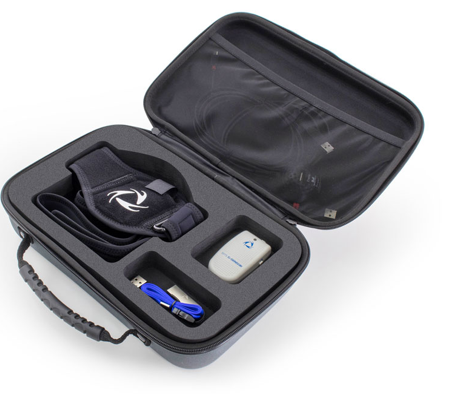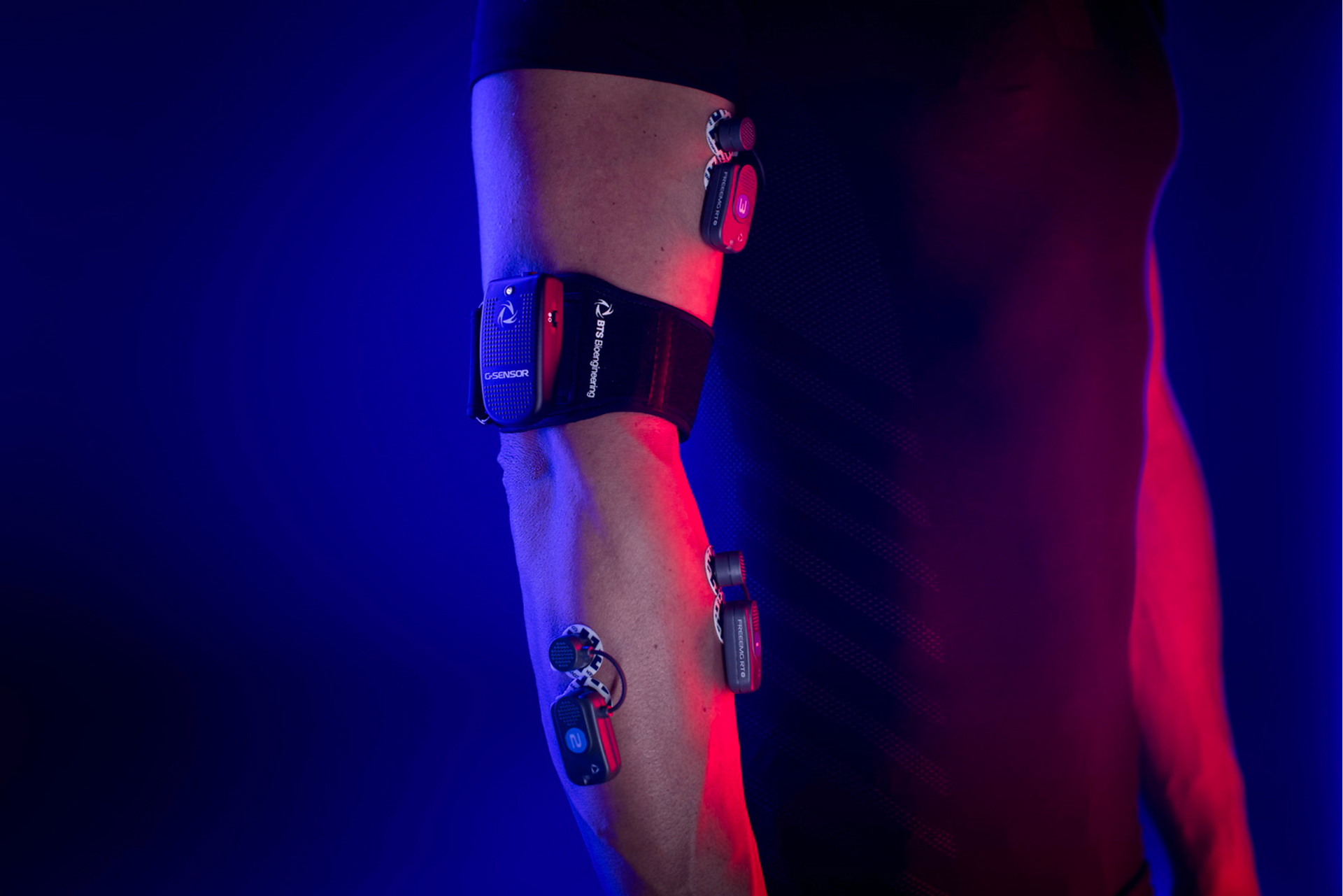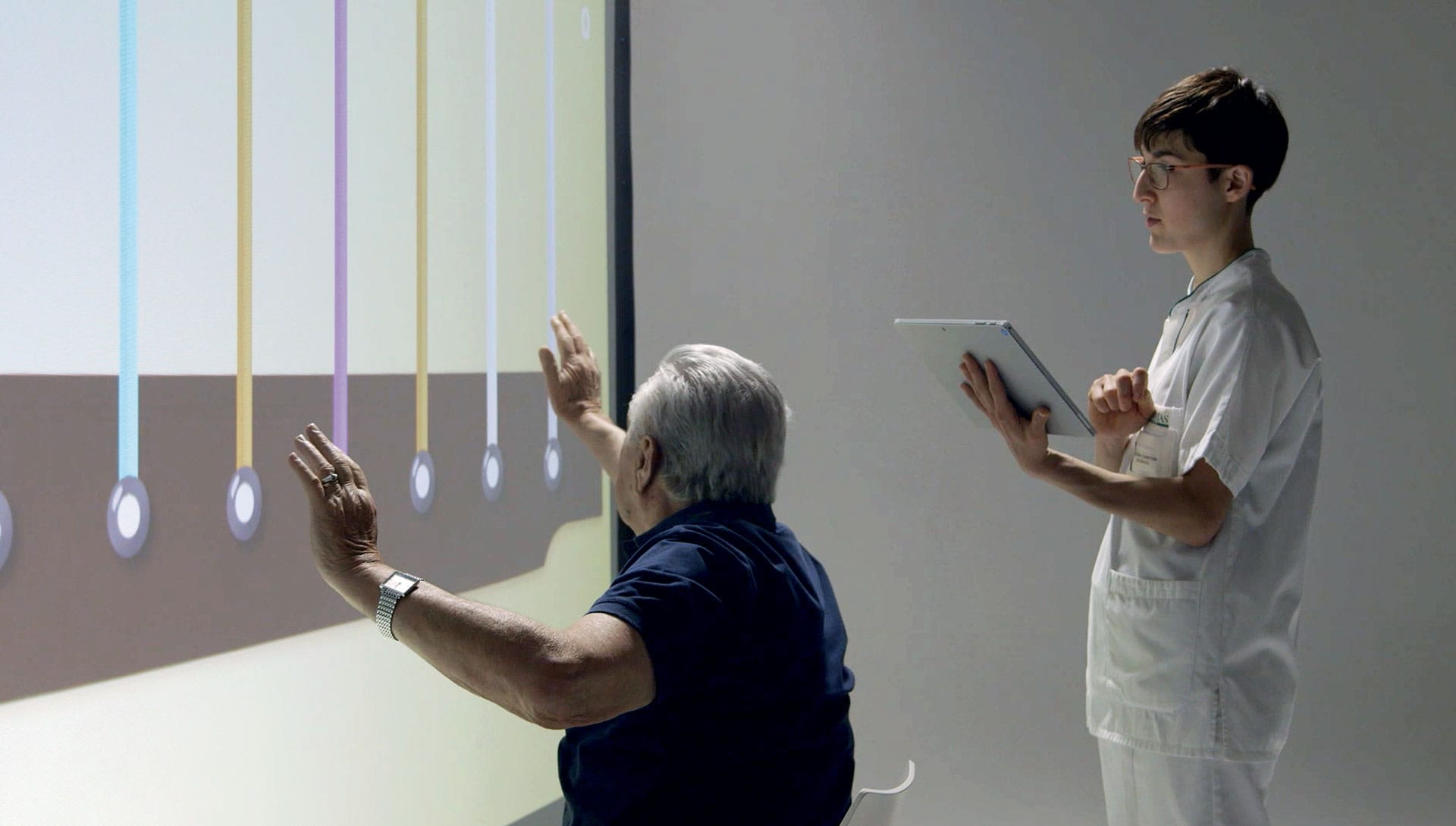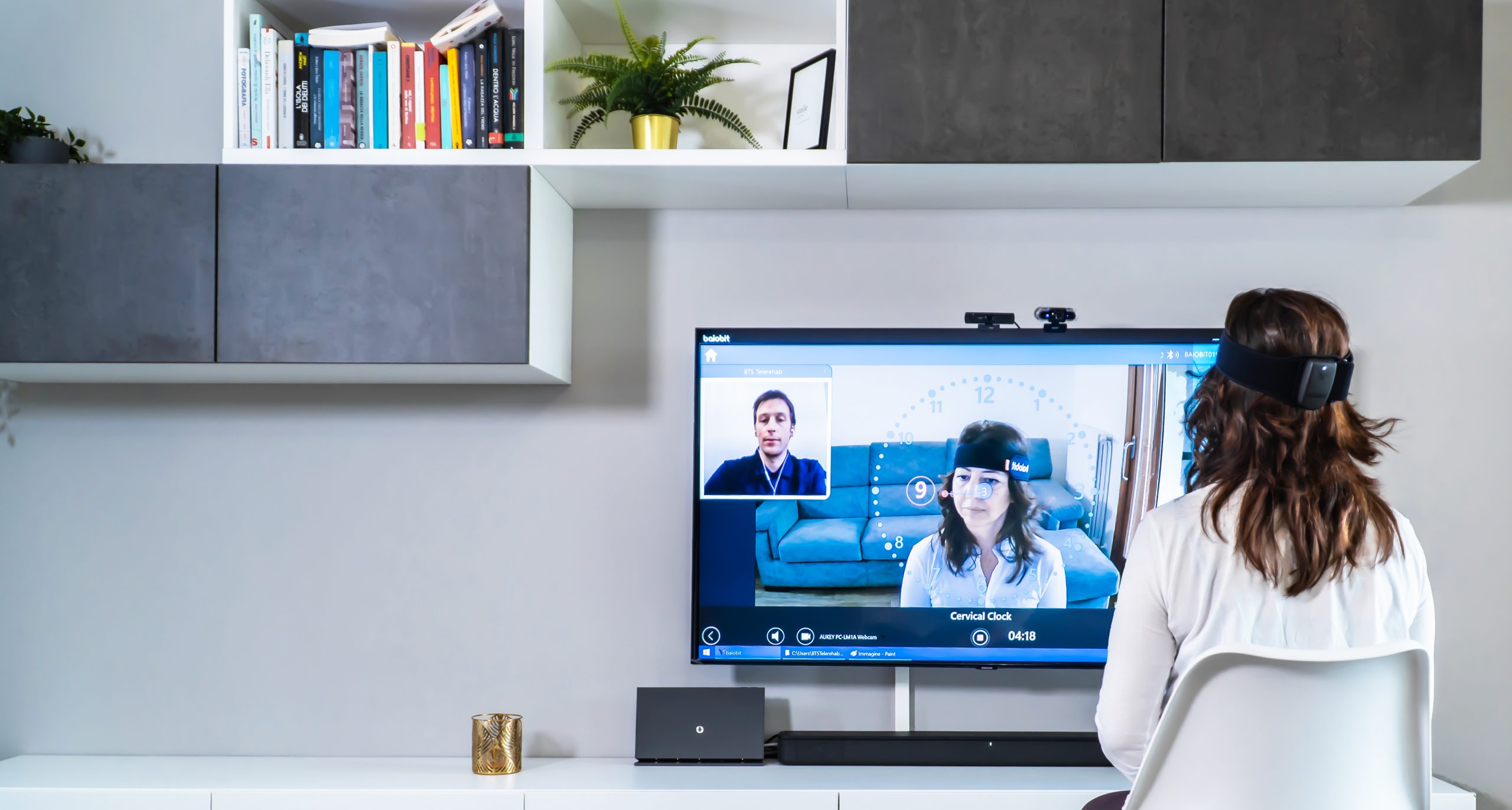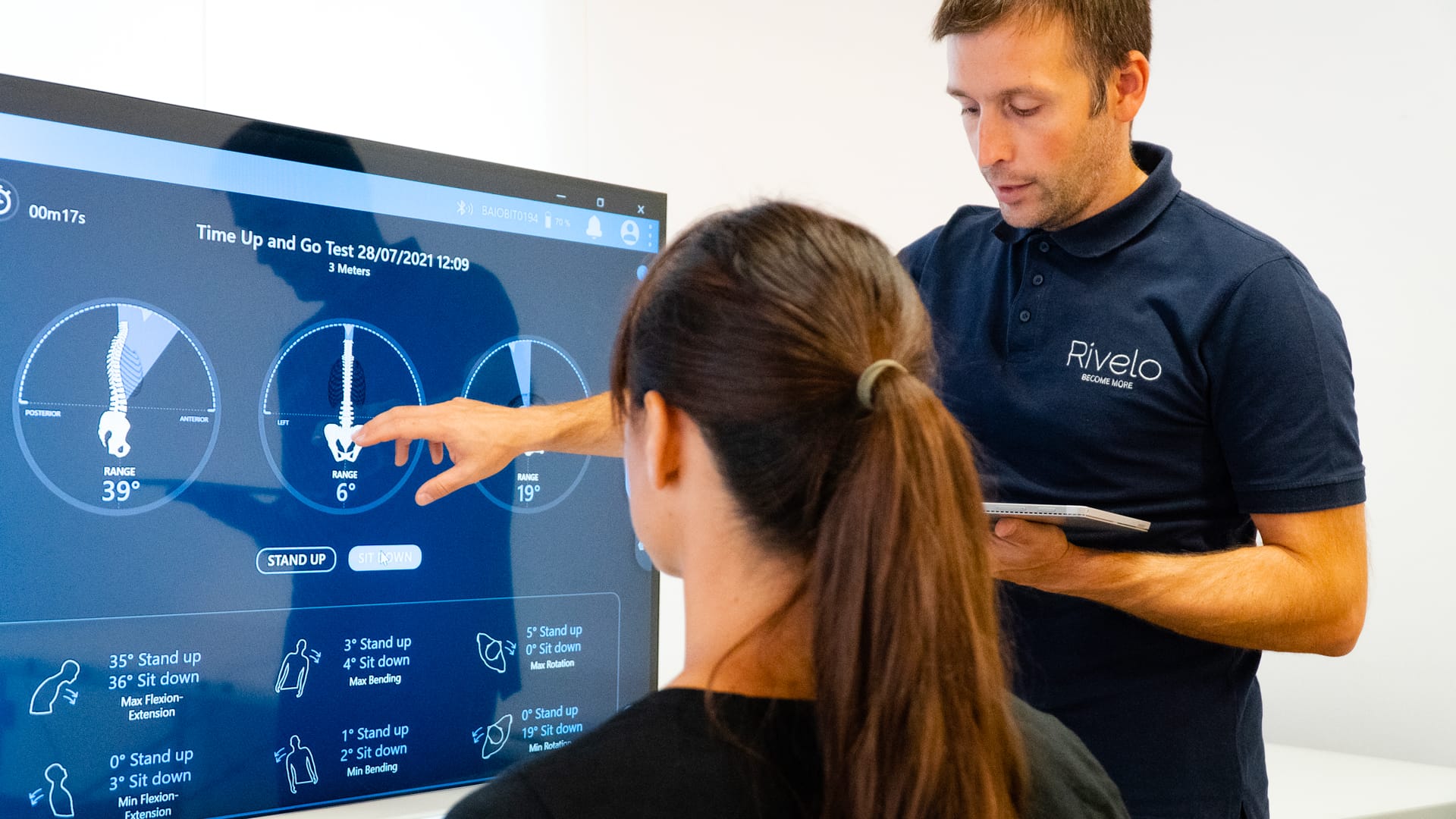Progress and perspectives of telemedicine

Author: Marta Francisca Corrà, Ph.D.
The use of telemedicine during the COVID-19 pandemic generally increased everywhere and was rated as very satisfactory by users. Most patients and healthcare professionals stated that they would continue to use telemedicine after the pandemic (Omboni et al, 2022). Among the various advantages of using telemedicine, we can include its ability to speed up the medical process, especially for patients with rare or difficult-to-diagnose diseases and help reduce misdiagnosis and long waiting times for effective treatment (Nanda et al, 2021).
Contrary to popular belief, telemedicine is much more than a cheap digital imitation of in-person care. When used appropriately, it improves patients’ health and reduces costs. As showed in a scoping review, it made care more equitable and accessible to the 89% of adults and 78% of adults globally who own a smartphone, including those living in medically underserved communities (Andrews et al, 2020; Omboni et al, 2021). But in general, the situation of telemedicine adoption across continents or countries appears fragmented and heterogeneous. The major geographical areas, income level of countries, usage and medical specialties of interest are summarized in Figure 1, which analyses the main scientific articles published on the topic (Omboni et al, 2022).
But what can be done to improve the spread of telemedicine in the world?
During the COVID-19 epidemic, several steps were taken in the adoption of telemedicine. Although some pre-existing barriers to the pandemic have been removed, important gaps still need to be filled to facilitate large-scale implementation of telemedicine, such as technological, infrastructural, educational, and economic issues. Great progresses were made in the adoption of telemedicine especially for screening infected persons, surveillance of affected persons and continuity of care for the chronically ill (Doraiswamy et al, 2020). An example was the development and maturation of several digital technologies including the internet of things with next-generation 5G networks, or artificial intelligence that uses deep learning, as well as the increase of robotic technology (Shen et al, 2021).
However, the use of telemedicine has been uneven among countries affected by the pandemic. This is due to differences in awareness of the importance of telemedicine, variability in the quality of infrastructure, the level of computer literacy of health workers and patients, and refund programs and schemes. The experience gained during the COVID-19 pandemic should help strengthen the available solutions and develop a more coordinated overall strategy to foster the implementation of telemedicine at scale in the health system. Achieving this will help to prepare well for future pandemic waves and ultimately improve the management of all types of patients.
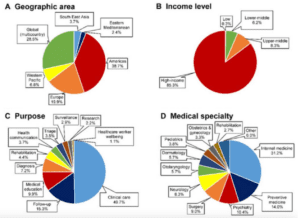
Fig.1 Geographic area (A), income level of the countries (B), purpose of telemedicine use (C), and medical specialty (D) of published articles during the early COVID-19 pandemic (Omboni et al, 2022).
References
- Omboni, S., Padwal, R. S., Alessa, T., Benczúr, B., Green, B. B., Hubbard, I., Kario, K., Khan, N. A., Konradi, A., Logan, A. G., Lu, Y., Mars, M., McManus, R. J., Melville, S., Neumann, C. L., Parati, G., Renna, N. F., Ryvlin, P., Saner, H., Schutte, A. E., … Wang, J. (2022). The worldwide impact of telemedicine during COVID-19: current evidence and recommendations for the future. Connected health, 1, 7–35.
- Nanda M, Sharma R. (2021). A review of patient satisfaction and experience with telemedicine: a virtual solution during and beyond COVID-19 pandemic. Telemed J E Health; 27: 1325–31.
- Andrews E, Berghofer K, Long J, Prescott A, Caboral-Stevens M. (2020). Satisfaction with the use of telehealth during COVID-19: an integrative review. Int J Nurs Stud Adv.; 2 100008
- Omboni, S., Ballatore, T., Rizzi, F., Tomassini, F., Panzeri, E., & Campolo, L. (2021). Telehealth at scale can improve chronic disease management in the community during a pandemic: An experience at the time of COVID-19. PloS one, 16(9), e0258015.
- Doraiswamy, S., Abraham, A., Mamtani, R., & Cheema, S. (2020). Use of Telehealth During the COVID-19 Pandemic: Scoping Review. Journal of medical Internet research, 22(12), e24087.
- Shen, Y. T., Chen, L., Yue, W. W., & Xu, H. X. (2021). Digital Technology-Based Telemedicine for the COVID-19 Pandemic. Frontiers in medicine, 8, 646506.



